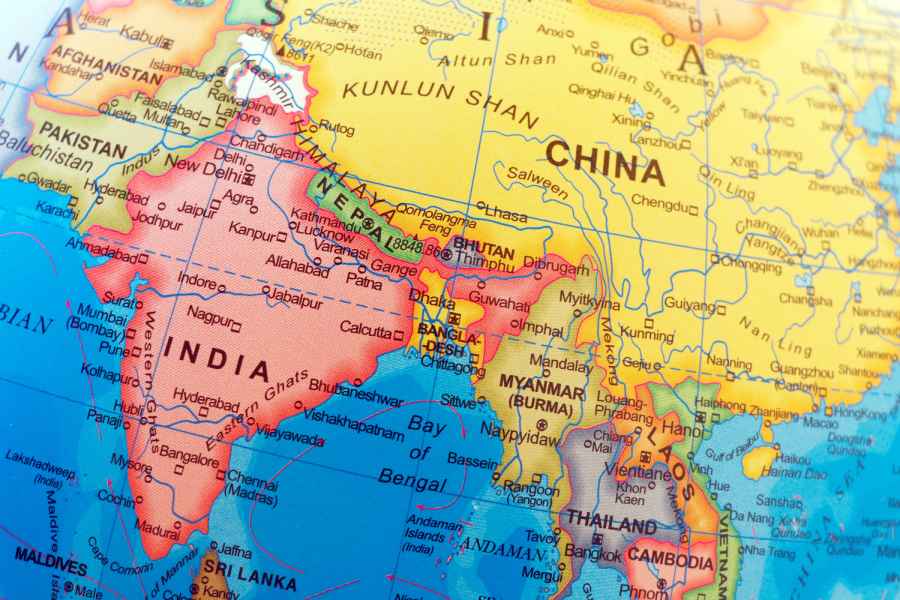 |
| Entrepreneur Vijay Kumar Singh polishes the fibreglass reflector of the solar cooker at his factory in Gamharia, Seraikela-Kharsawan, on Wednesday. Picture by Animesh Sengupta |
Junk costly domestic fuel, make food while the sun shines.
That’s what Gamharia-based industrialist Vijay Kumar Singh (66) says. And he has even built a low-cost, eco-friendly, non-hazardous parabolic solar cooker to prove his point.
Singh, who’s a mechanical engineer and owner of the Gamharia-based Auto Fiber Craft, is a man driven by a mission. “Do you know how costly one LPG cylinder is nowadays? At the moment, it is Rs 430, which can take up a major bulk of the monthly household budget of a poor family. Even the middle classes are feeling the pinch. That’s why I decided to give lower and middle income groups relief from expensive fuel-driven systems for cooking,” he said.
His parabolic solar cooker is now ready for mass production. “Just buy one for Rs 1,500, after which there is a paltry recurring cost of Rs 25 to replace the metallised polyester sheets every two months,” he said.
He added that a new LPG connection cost Rs 2,300 at the onset and Rs 430 per cylinder refill and kerosene around Rs 25-30 per litre. He also hastily disclaims any fancy tag of inventor.
“The idea of parabolic solar cooker is nothing new. But surprisingly no company came forward to produce it on a mass scale despite its inherent advantages for lower and middle classes who run their homes on a tight budget. I have innovated upon an existing concept to build a foldable cooker to be used in domestic kitchens,” the NIT-Adityapur alumnus of the class of 1970 said, adding he could manufacture four cookers a day from his factory.
The regular parabolic solar cooker kit has a flexible reflector fibreglass body with sheets of metallised polyester stuck on it, a tripod, a net mesh and a metallic bucket. A smaller portable version comes for Rs 600.
Customers, who will make hefty savings, will however need to make some small adjustments.
One, they have to blacken regular cooking vessels. Two, they need to cook outside. Three, they must change the position of the flexible reflector after every 90 minutes so that reflected sunrays are focused on the tripod mesh for optimum heat. Four, they need to spend a little more time to cook.
“We have tested the cooker and found out that one kg of rice and dal can be cooked in an hour if the sun rays are focused on the tripod and the cooker,” said Singh.
But it’s best to keep a conventional gas or kerosene stove handy on days that are rainy and cloudy.
And, as Singh wisecracks, it is not a lunar cooker, so it won’t work at night.











